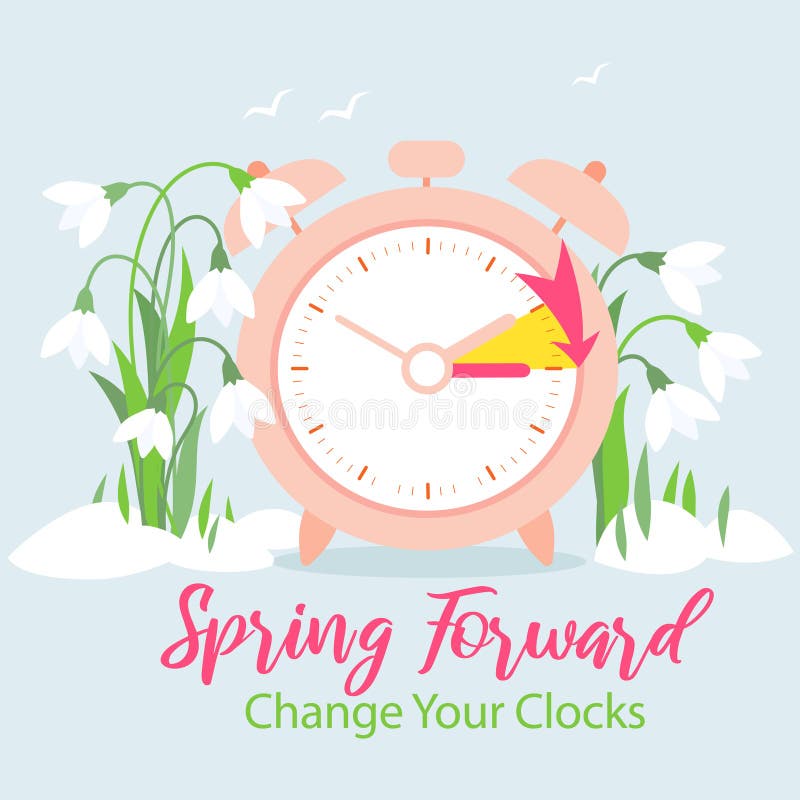What Is Pov? A Clear Explanation
Point of view, commonly referred to as POV, is a fundamental concept in storytelling that determines how the audience experiences and interprets the narrative. It refers to the perspective or vantage point from which the story is told, influencing what the reader sees, knows, and feels. POV is essential in literature, as it shapes the reader’s emotional connection to the characters, their understanding of the plot, and their overall engagement with the story.
First-Person POV
In first-person POV, the narrator is a character within the story, often the protagonist. This narrator uses the pronouns “I” and “me” to describe their thoughts, feelings, and actions. First-person POV provides an intimate and subjective view of the story, allowing readers to experience events through the eyes of the narrator. This POV is excellent for creating a deep emotional connection with the reader, as it offers a personal and immediate perspective. However, it can also be limiting, as the narrator can only know and share what they personally experience or are told.
Second-Person POV
Second-person POV is less common and involves the narrator addressing the reader directly, using the pronoun “you.” This POV can create a sense of immediacy and inclusivity, drawing the reader into the story as an active participant. It is often used in interactive fiction, instructional texts, and some forms of experimental literature. Second-person POV can be effective in creating a sense of intimacy and shared experience between the narrator and the reader.
Third-Person POV
Third-person POV involves a narrator who is outside the story, describing the characters using pronouns like “he,” “she,” and “they.” There are two main types of third-person POV: limited and omniscient. In third-person limited, the narrator focuses on a single character’s thoughts and feelings, similar to first-person but with the ability to describe the character from the outside. Third-person omniscient allows the narrator to know and share the thoughts and feelings of multiple characters, providing a broader understanding of the story. Third-person POV offers flexibility in storytelling, allowing for a wide range of narrative voices and depths of character insight.
Tips for Choosing the Right POV
- Intimacy and Emotional Connection: First-person POV is ideal for creating a deep, personal connection with the protagonist and exploring their inner world.
- Broad Narrative Scope: Third-person omniscient POV is beneficial for stories that require a wide perspective, allowing the reader to understand multiple characters’ motivations and thoughts.
- Experimental or Interactive Storytelling: Second-person POV can be a unique choice for engaging the reader directly or for specific types of interactive narratives.
- Flexibility and Narrative Control: Consider the level of control you want over the narrative and how much information you want to reveal to the reader. Third-person limited can offer a good balance between intimacy and narrative flexibility.
Crafting a Compelling Narrative
Regardless of the POV chosen, the key to a compelling narrative is to ensure that the POV serves the story, enhancing its themes, characters, and plot. Consistency in POV is crucial; switching between different POVs can be jarring unless done intentionally for a specific narrative effect. Understanding the strengths and limitations of each POV can help writers craft stories that engage, move, and leave a lasting impression on their readers.
Conclusion
POV is a powerful tool in the writer’s arsenal, offering various ways to engage readers and convey the story’s essence. By selecting the right POV for the narrative, writers can create a unique reading experience that draws the audience into the world of the story, fostering empathy, suspense, and connection. Whether writing in first-person, second-person, or third-person, the goal is to use POV to build a bridge between the story and the reader, making the narrative as impactful and memorable as possible.
What are the main types of point of view in storytelling?
+The main types of point of view are first-person, second-person, and third-person. First-person POV is told from the perspective of a character within the story, using “I” and “me.” Second-person POV addresses the reader directly, using “you.” Third-person POV is told from outside the story, using “he,” “she,” and “they,” and can be either limited to a single character’s perspective or omniscient, knowing the thoughts and feelings of multiple characters.
How do I choose the right point of view for my story?
+Choosing the right POV involves considering the type of story you’re telling, the level of intimacy you want with your characters, and the amount of information you want to convey to the reader. First-person is good for personal, character-driven stories. Third-person limited is useful for stories that require a balance between character insight and broader narrative scope. Third-person omniscient is ideal for complex stories with multiple plot threads and characters. Second-person is less common but can be effective for interactive or experimental narratives.
What are the benefits of using first-person point of view?
+First-person POV offers a deep, personal perspective, allowing readers to experience the story through the eyes of the narrator. It can create a strong emotional connection between the reader and the protagonist, making the story feel more immediate and personal. However, it can also be limiting, as the narrator can only share what they know or have experienced directly.

